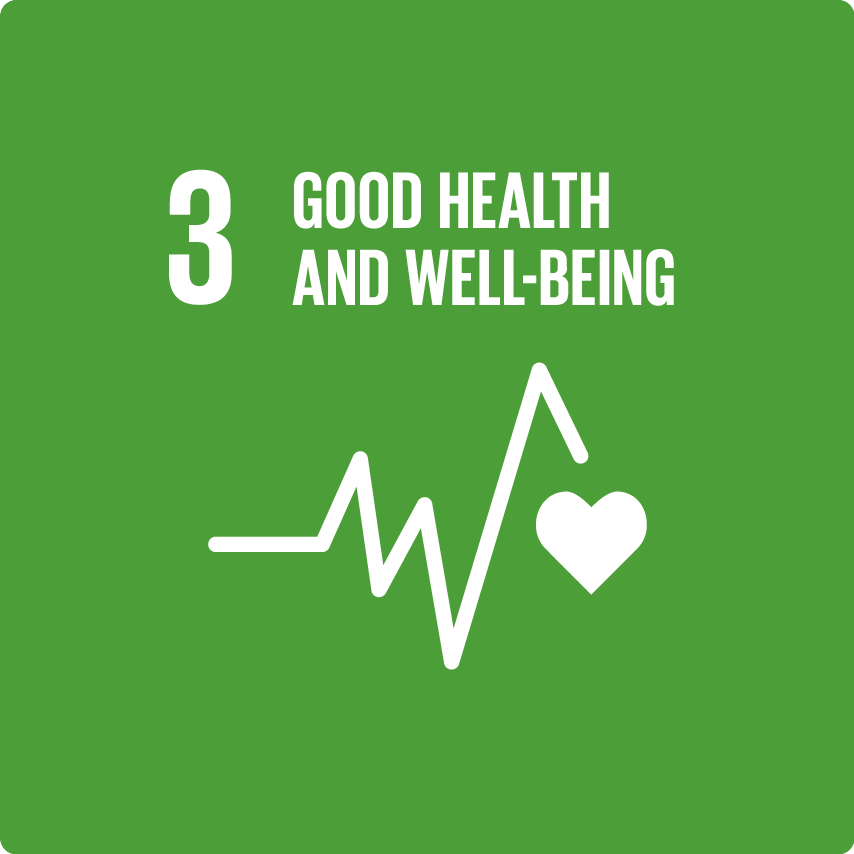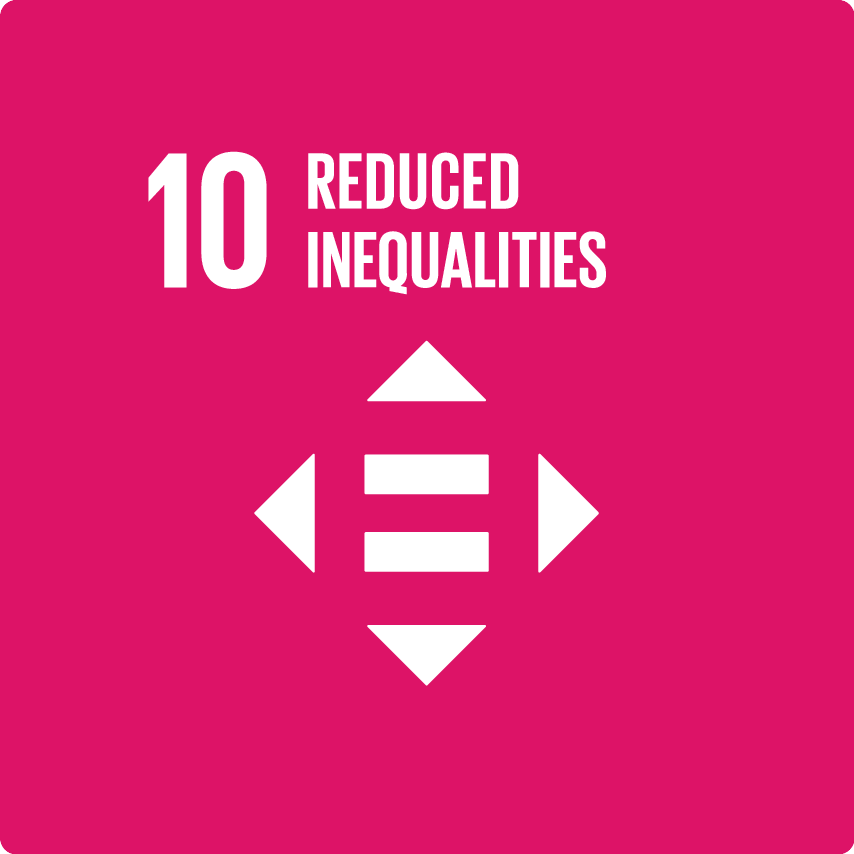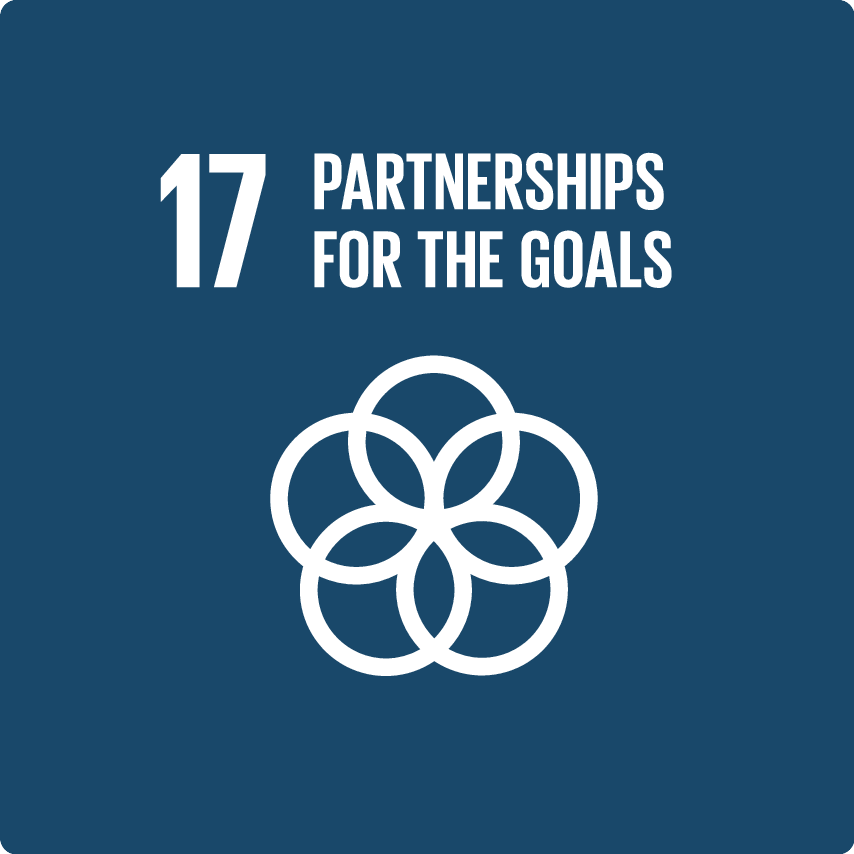Base of the pyramid project
An initiative to facilitate access to diabetes care for the working poor in low- and middle-income countries.
SEE ALL PARTNER ORGANIZATIONS
Objectives
- Increased awareness of diabetes
- Early diagnosis of diabetes
- Access to quality care by trained health care professionals
- Stable and affordable supply of insulin
- Improved self-management through patient education
Around a half of the world’s population lacks access to essential health services including essential medicines like insulin.[1,2] This is especially an issue in low- and middle income countries which also is home to eighty percent of people living with diabetes today.[2] However, diabetes and other non-communicable diseases continue to be under prioritised in development assistance for health (DAH).[3]
The Base of the Pyramid project targets the more than one billion people globally with low incomes, the working poor, who have difficulties accessing health services. These people have some disposable income and could contribute to financing their own treatment.
The purpose of the Base of the Pyramid project is to create shared value by developing scalable, sustainable and profitable solutions that increase access to diabetes care for the working poor living in low- and middle-income countries as well as provide value to the business of Novo Nordisk.
References
1 Tracking universal health coverage: 2017 global monitoring report. World Health Organization and International Bank for Reconstruction and Development / The World Bank; 2017. Licence: CC BY-NC-SA 3.0 IGO.
2 International Diabetes Federation. IDF Diabetes Atlas, 8th edn. Brussels, Belgium: International Diabetes Federation, 2017.
3 IHME. Financing Global Health 2015: Development assistance steady on the path to new Global Goals. Seattle, WA: Institute for Health Metrics and Evaluation (IHME). 2016.
Results and milestones
The project is currently being implemented in Nigeria, Kenya, Ghana and Senegal.
Patients reached in 2018:
- Kenya: 19,500
- Nigeria: 5,000
- Ghana: 5,564
- Senegal: 1,200
External impact report of the project in Kenya by UCL
Geographic Reach
- Africa
Disease Area
- Non-communicable diseases
Target Population
- People with low incomes
Partner organizations
Phillips Pharmaceuticals Ltd
Palb Pharmaceuticals
University College London
Ministry of Health Kenya
Royal Danish Embassy in Kenya
Local hospitals and health facilities
Kenya Conference of Catholic Bishops and Christian Health Association Kenya (faith-based organisations)
Mission for Essential Drugs and Supplies (MEDS)
Mombasa and Kakamega County
Kenya Defeat Diabetes Association
Additional resources
Geographic Reach
Africa
- Ghana
- Kenya
- Nigeria
- Senegal
Disease Area
Non-communicable diseases
- Diabetes
- Type 1
- Type 2
- Other Diabetes
- General Noncommunicable Disease Care (Health System)


